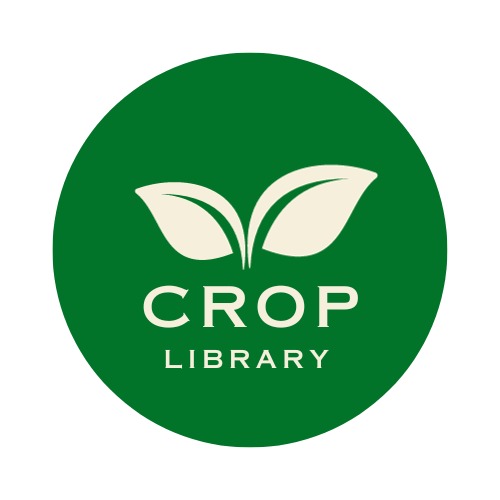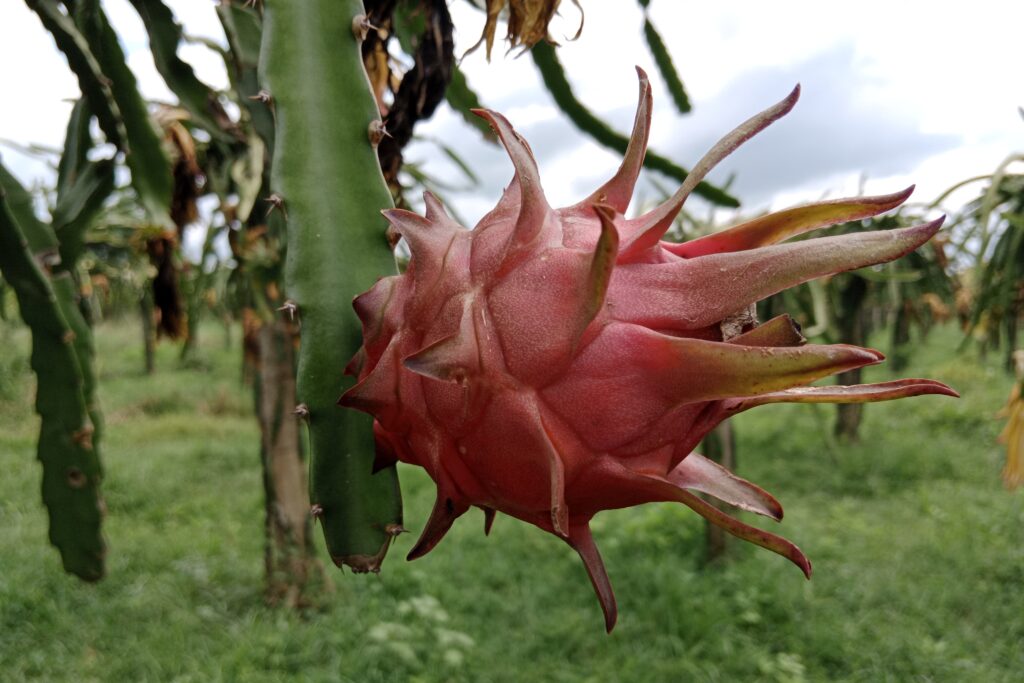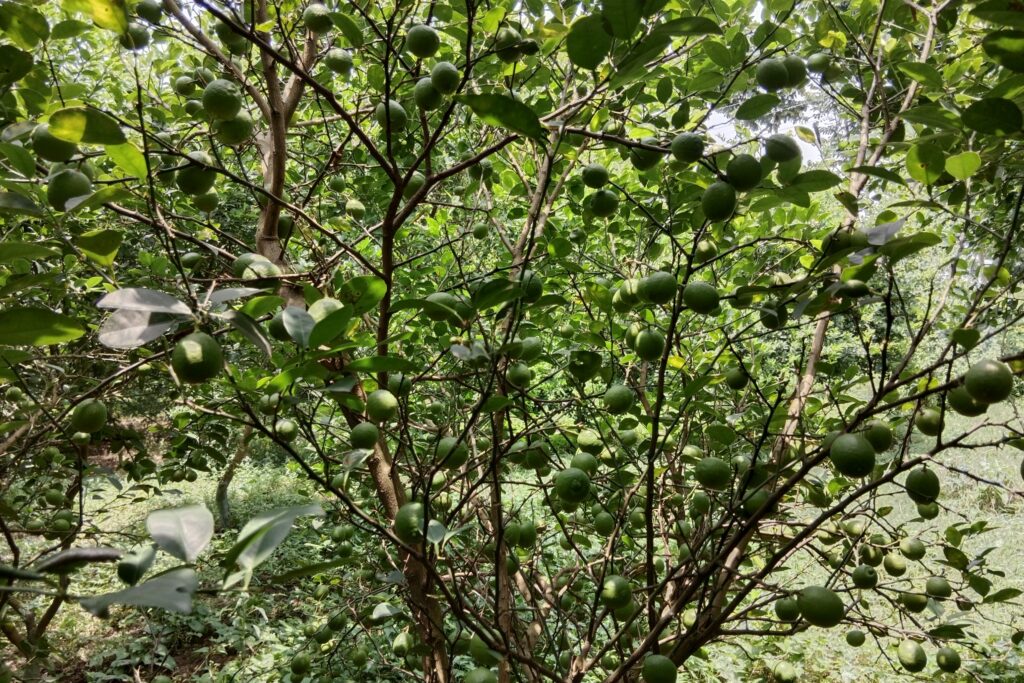Definition and Origin Biotechnology
The term “biotechnology” was first introduced in 1919 by Karl Ereky, a Hungarian agricultural engineer who is widely regarded as the father of biotechnology. Ereky defined biotechnology as:
“All lines of work by which products are produced from raw materials with the aid of living things.”
This definition highlights the fundamental essence of biotechnology: the use of living organisms or their derivatives to create products or processes that benefit humanity. Ereky’s concept laid the groundwork for a multidisciplinary field that has since evolved to encompass a wide array of scientific domains, including microbiology, molecular biology, genetics, biochemistry, and bioinformatics.
Initially, biotechnology was primarily associated with traditional practices such as fermentation for food and beverage production, including bread, beer, and wine. Over time, advances in science and technology expanded its scope to include genetic engineering, cell culture, and bioengineering, enabling breakthroughs in medicine, agriculture, and environmental science. Today, agricultural biotechnology continues to play a pivotal role in addressing global challenges such as food security, sustainable agriculture, and new innovations.
Applications of Biotechnology
Biotechnology encompasses a wide range of applications that utilize living organisms or their components to develop products and processes for various industries, including food, medicine, and environmental management.
Fermentation
Fermentation is one of the oldest and most widespread biotechnological applications, employing microorganisms to produce food and beverages.
Examples
- Brewing beer.
- Wine-making.
- Baking bread.
Process
Role of Yeast
Yeast, a microorganism, drives fermentation by metabolizing raw materials.
- In Brewing and Wine-Making:Yeast converts sugars in grains or grapes into ethanol (alcohol) and carbon dioxide via anaerobic respiration.
- In Bread-Making:Yeast produces carbon dioxide during fermentation, causing dough to rise and creating a soft, airy texture in the final product.
Sewage Treatment
Biotechnology plays a vital role in managing environmental challenges, particularly through the treatment of sewage and industrial waste.
Purpose
- Transform toxic domestic and industrial waste into safer materials, such as water (H₂O) and sludge.
- Repurpose treated sludge as fertilizer or for energy generation.
Mechanism
a). Microbial Action
A diverse microbial community, including bacteria and archaea, breaks down organic waste into simpler compounds.
b). Optimized Conditions
Treatment facilities regulate factors like temperature, oxygen, and pH to enhance microbial efficiency.
c). Processes
- Aerobic Digestion: Uses oxygen to degrade waste.
- Anaerobic Digestion: Decomposes waste without oxygen, often producing biogas as a byproduct.
DNA (Coding)
Biotechnology leverages DNA to unlock biological insights and develop advanced tools.
- Genomics: Mapping and analyzing entire genomes to study organisms and diseases.
- Gene Probes: Identifying specific genetic sequences for diagnostics.
- DNA Sequencing: Determining the precise nucleotide sequences in DNA.
- Genetic Engineering: Modifying DNA to introduce desirable traits or repair genetic defects.
Proteins and Molecules
Biotechnology explores and manipulates proteins and molecular pathways for scientific and industrial applications.
- Proteomics: Investigating protein structures, functions, and interactions.
- Protein Engineering: Creating proteins with enhanced or novel properties for use in medicine and industry.
- Signaling Pathways: Studying molecular communication that regulates cellular processes.
Cell and Tissue Engineering
Biotechnology enables the manipulation of cells and tissues for diverse applications.
- Hybridization: Combining cells or genetic materials to develop hybrids with improved traits.
- Tissue Culture: Cultivating cells in vitro for research, pharmaceuticals, and agriculture.
- Vaccine Development: Using cell-based and recombinant technologies to produce vaccines.
Bioprocess Technologies
This area focuses on optimizing biological systems to produce valuable products.
- Bioreactors: Controlled environments to culture organisms for producing enzymes, biofuels, and other products.
- Fermentation: Harnessing microbial metabolism for food and industrial applications.
- Bioremediation: Utilizing microorganisms to detoxify environmental pollutants.
Gene Therapy
Gene therapy is a groundbreaking application of biotechnology aimed at treating genetic disorders.
- Approach: Introducing functional genes into affected individuals using viral vectors or other delivery systems.
- Goal: Correct or compensate for defective genes, offering potential cures for hereditary diseases.
Scope Expansion of Biotechnology
Modern biotechnology has expanded significantly from its traditional roots, driven by groundbreaking advancements in life sciences. Its current scope revolves around manipulating the fundamental building blocks of life—genes, proteins, cells, and tissues—to develop innovative solutions for various fields, including medicine, agriculture, and environmental management.
Key Capabilities
Gene Isolation
Scientists can isolate specific genes from any organism, enabling a deeper understanding of their function and potential applications.
Gene Modification and Manipulation
Techniques such as CRISPR-Cas9 and other genetic engineering tools allow precise editing of genes to enhance or suppress specific traits.
Gene Reintroduction
Altered genes can be reintroduced into organisms, leading to new characteristics, improved resilience, or novel functions.
Milestones in DNA Research
The understanding of DNA as the molecule responsible for genetic inheritance has been shaped by significant discoveries over the 20th century. Here are some of the critical milestones:
1928: Discovery of DNA as Genetic Material
Frederick Griffith’s Transformation Principle Griffith demonstrated that a substance from heat-killed, virulent bacteria could transfer genetic traits to non-virulent bacteria, transforming them into a virulent form. This experiment suggested that genetic information could be passed between organisms, laying the groundwork for identifying DNA as the genetic material.
1945: Identification of DNA Components
Researchers confirmed that DNA is composed of four nucleotide bases:
- Adenine (A)
- Thymine (T)
- Cytosine (C)
- Guanine (G)
This finding established the basic chemical composition of DNA, paving the way for understanding its structure and function.
1953: Double-Helix Model Proposed
- Watson and Crick’s Breakthrough
James Watson and Francis Crick, using Rosalind Franklin’s critical X-ray diffraction data and insights from Maurice Wilkins, proposed the double-helix structure of DNA.
- Key Features of the Double Helix
- Antiparallel Strands: The two strands of the DNA molecule run in opposite directions (5′ to 3′ and 3′ to 5′).
- Base Pairing: Specific pairing of bases occurs via hydrogen bonds:
- Adenine (A) pairs with Thymine (T) through 2 hydrogen bonds.
- Cytosine (C) pairs with Guanine (G) through 3 hydrogen bonds.
- This structure explained how genetic information is stored and replicated with high fidelity.
Replication and Information Storage
DNA Replication
The double-helix model provided insight into how DNA replicates. Each strand serves as a template for synthesizing a new complementary strand, ensuring accurate genetic inheritance during cell division.
Genetic Information Encoding
The sequence of nucleotide bases (A, T, C, G) encodes instructions for the synthesis of proteins, which govern organismal development, function, and reproduction.
Hershey-Chase Experiment (1952)
The Hershey-Chase experiment, conducted by Alfred Hershey and Martha Chase, was a landmark study that conclusively established DNA as the hereditary material, overturning the previous belief that proteins were the carriers of genetic information.
Key Steps of the Experiment
- Labeling
To differentiate between DNA and proteins, the researchers used radioactive isotopes:
- Radioactive Sulfur (³⁵S): Incorporated into the proteins, as sulfur is found in proteins but not in DNA.
- Radioactive Phosphorus (³²P): Incorporated into the DNA, as phosphorus is found in DNA but not in proteins.
2. Infection
- Bacteriophages (viruses that infect bacteria) were used in the experiment.
- These phages were allowed to infect bacterial cells by attaching to their surfaces and injecting their genetic material into the cells.
3. Blending
- To separate the protein coats of the bacteriophages from the bacterial cells, the mixture was agitated in a blender. This step ensured that only the injected material (the genetic material) remained inside the bacterial cells.
4. Centrifugation
The mixture was centrifuged to separate the bacterial cells, forming a pellet, from the remaining phage components, which remained in the supernatant. The results showed that radioactive sulfur (35S) was found in the supernatant, indicating that the protein coats stayed outside the bacterial cells. In contrast, radioactive phosphorus (32P) was detected in the pellet, confirming that DNA had entered the bacterial cells.
The results of the Hershey-Chase experiment confirmed that:
- DNA, not protein, is the genetic material responsible for carrying instructions necessary for viral reproduction.
- This discovery was pivotal in understanding the molecular basis of heredity and further solidified the role of DNA as the fundamental carrier of genetic information.
The Hershey-Chase experiment marked a turning point in molecular biology, paving the way for the elucidation of DNA’s structure and function in subsequent studies.
Also Read: Signal Transduction in Plant
The Central Dogma of Molecular Biology
The central dogma illustrates how genetic information is preserved, accessed, and utilized within cells to produce the proteins necessary for life processes. While exceptions like reverse transcription and RNA-based regulation (e.g., RNA interference) exist, the central dogma remains a cornerstone of molecular biology, offering a framework for understanding genetic expression and inheritance.
Flow of Genetic Information
Replication (DNA → DNA)
Enzyme: DNA polymerase.
Process
- During replication, DNA serves as its own template, producing two identical copies of the molecule.
- This ensures genetic continuity, as each new cell receives an exact copy of the parent cell’s DNA during cell division.
Significance
- Replication is crucial for the inheritance of genetic material from one generation to the next and for maintaining the integrity of the genome.
Transcription (DNA → RNA)
The enzyme RNA polymerase plays a key role in transcription, the process by which a specific segment of DNA, known as a gene, is transcribed into messenger RNA (mRNA). RNA polymerase binds to the promoter region of the DNA, unwinds the double helix, and synthesizes a complementary RNA strand using one DNA strand as a template. The resulting mRNA carries genetic instructions for protein synthesis from the nucleus to the ribosomes in the cytoplasm. Transcription is a crucial step in gene expression, as it enables the genetic information encoded in DNA to be read and used for protein production.
Translation (RNA → Protein)
Translation occurs in ribosomes, the cytoplasmic organelles responsible for protein synthesis. During this process, the mRNA sequence is read in sets of three nucleotides, called codons, each of which specifies a particular amino acid. Transfer RNA (tRNA) molecules, each carrying a specific amino acid, align their anticodons with the corresponding codons on the mRNA. The ribosome aids in forming peptide bonds between amino acids, resulting in a polypeptide chain that folds into an active protein. This process is essential, as translation converts the genetic code into proteins, which perform the diverse functions necessary for life.
Reverse Transcription (RNA → DNA)
Reverse transcription, a process found in retroviruses like HIV, involves synthesizing DNA from an RNA template, catalyzed by the enzyme reverse transcriptase. This mechanism enables retroviruses to integrate their genetic material into the host’s genome, facilitating viral replication. Beyond its biological significance, reverse transcription has been utilized in biotechnology, particularly in the creation of complementary DNA (cDNA) libraries, which are essential tools for gene expression studies and cloning.
Regulation of Gene Expression
Gene expression is tightly regulated to ensure that cells efficiently utilize their resources and adapt to environmental changes. Regulation mechanisms determine when and how genes are transcribed, ensuring the appropriate proteins are produced at the right time and in the correct amounts.
Principles of Gene Regulation
a). Optimization of Resource Use
Cells regulate gene expression to conserve energy and resources, ensuring that only the required proteins are synthesized in response to internal and external cues.
b). Mechanisms of Regulation
Constitutive Genes
Constitutive genes are consistently expressed at a constant level, regardless of changes in environmental conditions. An example includes housekeeping genes, which are essential for maintaining fundamental cellular functions, such as those encoding enzymes involved in glycolysis.
Inducible Genes
Genes in degradative pathways are activated only in the presence of specific substrates. For example, the lac operon is induced by lactose, triggering the production of enzymes required for its metabolism.
Repressible Genes
Genes in biosynthetic pathways are expressed until their end products accumulate to sufficient levels, which then suppress further expression. For instance, the trp operon is repressed when tryptophan levels are abundant.
Two-Component Signal Transduction System
This is a primary mechanism that allows cells, especially prokaryotes, to sense and respond to environmental changes by modulating gene expression.
Components
a). Sensor Kinase
A membrane-bound protein serves as a sensor to detect specific environmental signals, such as nutrients, toxins, or pH changes. Upon detecting a signal, it undergoes autophosphorylation at a conserved histidine residue.
b). Response Regulator
A cytoplasmic protein receives a phosphate group from the sensor kinase, becoming activated through phosphorylation. Once activated, it regulates gene expression by binding to DNA and modulating transcription.
c). Phosphatase
It dephosphorylates the response regulator, restoring the system to its baseline state and enabling it to respond to new signals.
Process
a). Signal Detection
The sensor kinase detects a specific environmental signal and undergoes autophosphorylation.
b). Phosphorylation
The phosphate group is transferred from the sensor kinase to the response regulator, activating it.
c). Gene Regulation
The activated response regulator binds to specific promoter regions in DNA to either activate or repress transcription of target genes.
d). System Reset
Phosphatase dephosphorylates the response regulator, turning off the signal pathway and preparing the system for new signals.
Significance of Gene Regulation
a). Adaptation to Environmental Changes
Cells can rapidly adjust their gene expression profiles to optimize survival and resource use under varying conditions.
b). Precision in Gene Expression
Ensures specific genes are turned on or off as needed, avoiding wasteful overproduction or harmful underproduction of proteins.



Pingback: "Lac Operon : The prokaryotic Gene Regulation" -